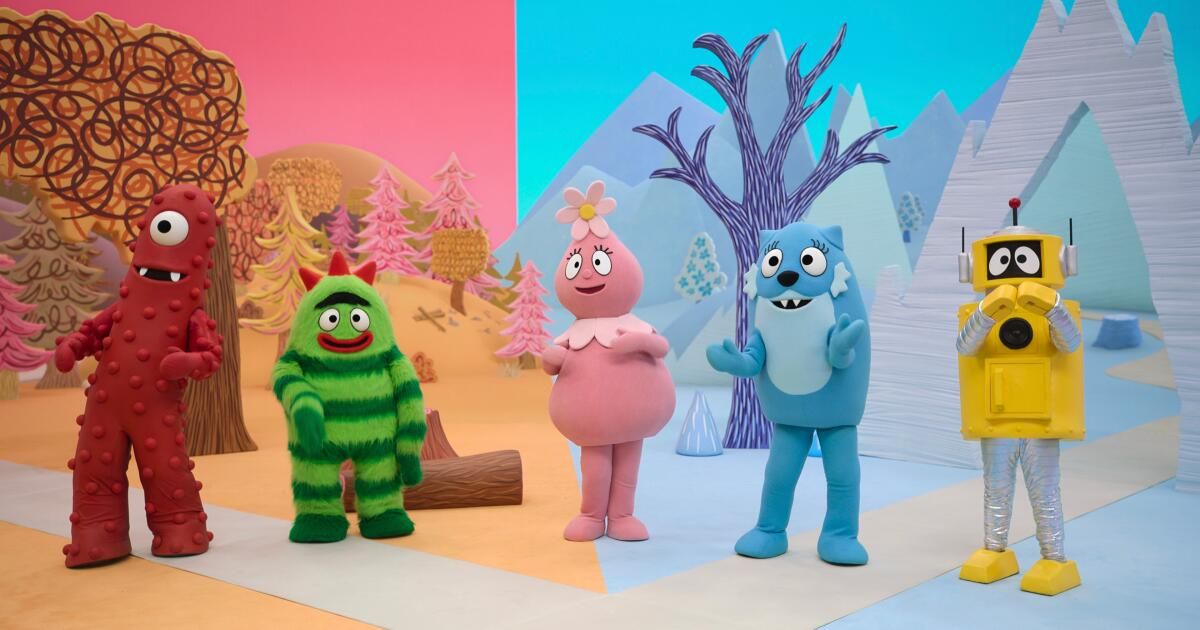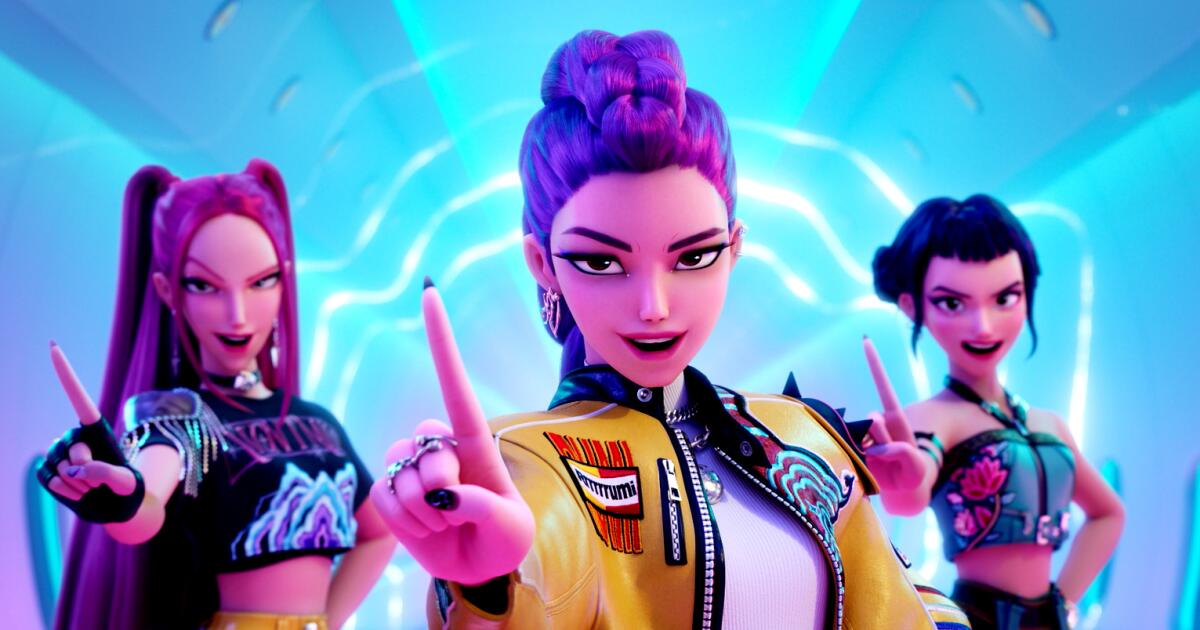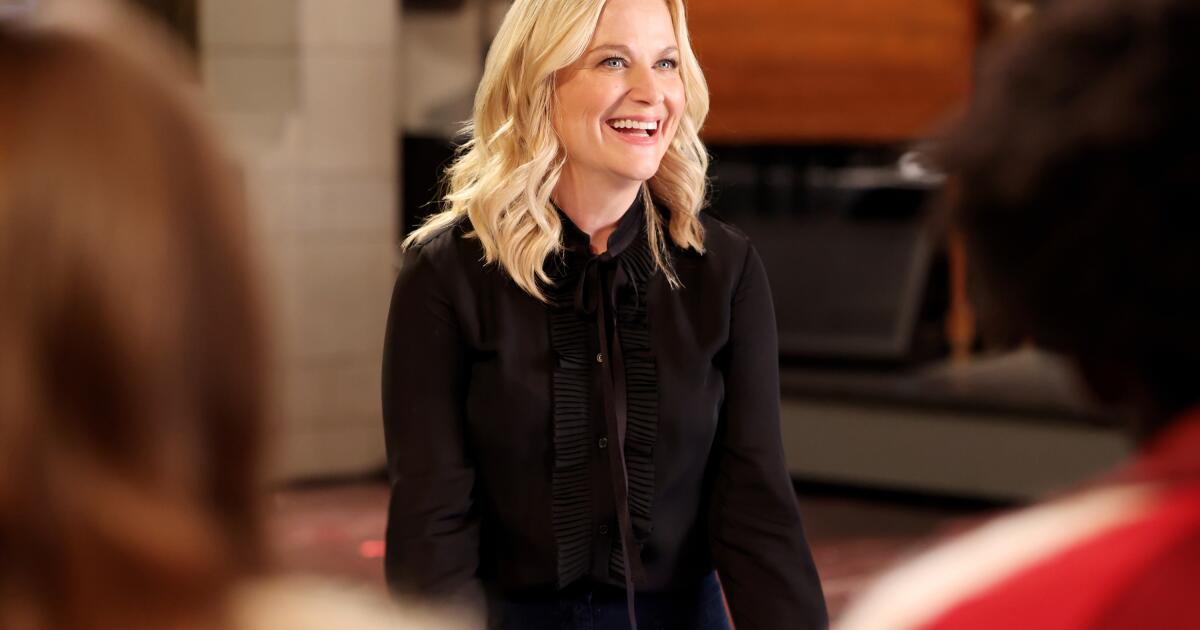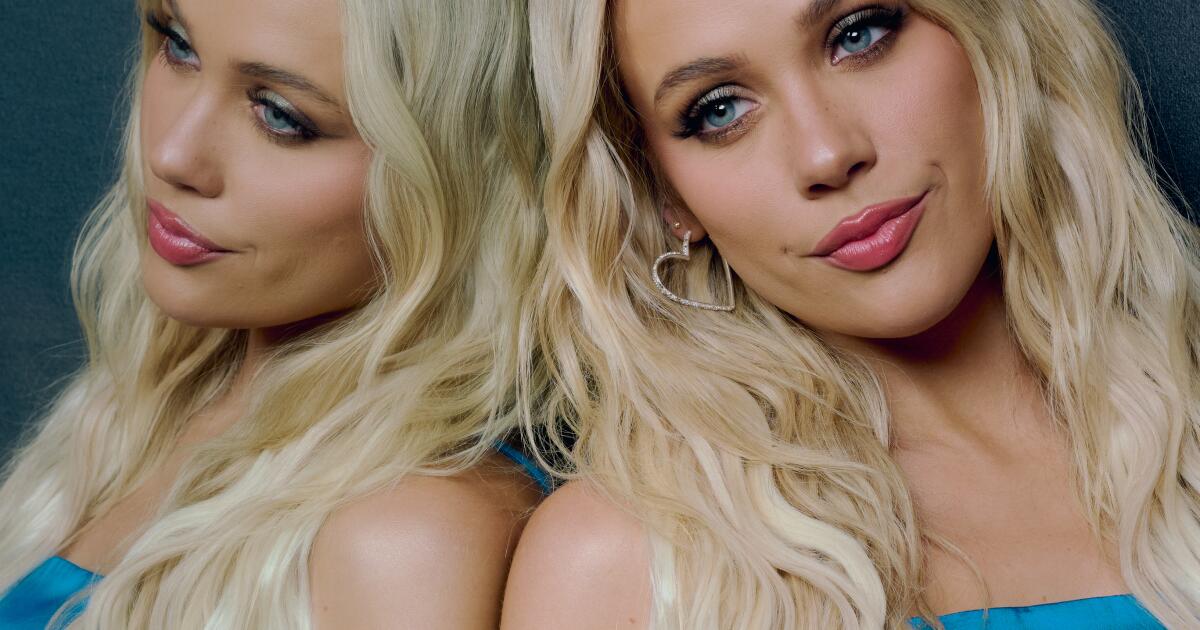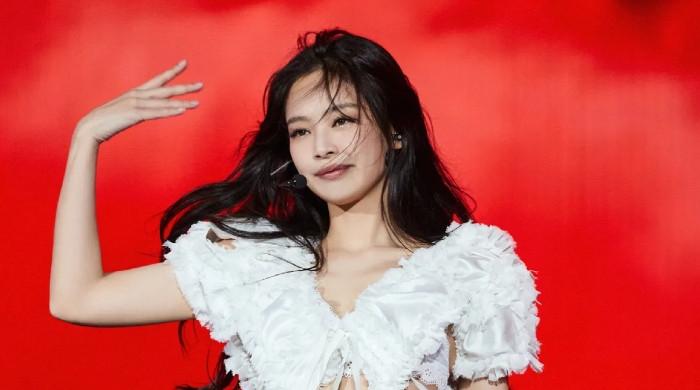In August 2007, Nickelodeon's Nick Jr. featured an endless white space in which a man wearing an orange tracksuit and an orange fuzzy hat appeared. He was carrying a stereo system that turned out to be a carrying case containing five figurines that the man (DJ Lance Rock)[Lance Robertson]) placed in four dioramas spread out on a long table. With a little magic, the figurines (four monsters, Muno, Foofa, Brobee and Todee and a robot called Plex) came to life in real size. And the party began.
That was “Yo Gabba Gabba!,” which took its name from hip-hop and the Ramones. It was arguably the funniest children’s show ever; “Sesame Street” could be pretty funny, sure, but it never brought Questlove, Bootsy Collins, Biz Markie, Mark Mothersbaugh and Erykah Badu together onstage. It achieved the usual markers of cultural penetration (the Macy’s Thanksgiving Day Parade, a traveling show, a Delta Airlines safety video, 57 varieties of merchandising) and ran for eight years.
Now the monsters are back, with some new friends, in “Yo Gabba GabbaLand!,” an enhanced 10-episode series premiering Friday on Apple TV+. It’s once again the brainchild of Scott Schultz and Christian Jacobs, aka MC Bat Commander of the neo-new wave/ska/punk/synth-pop superhero band Aquabats. (He’s also the voice of Plex.) DJ Lance has been replaced by Kammy Kam — 13-year-old Kamryn Smith — who, like Lance, dresses in orange and greets viewers with a cheerful “Hello, friends.”
Kamryn Smith plays Kammy Kam, the host of “Yo Gabba GabbaLand!”
(Apple TV+)
The dioramas have been expanded to include entire environments — spring meadow, summer desert, autumn forest, Arctic winter — arranged in a core like Disneyland lands, each connected to a monster reflecting its color scheme. The look of the show draws on a few decades of mid- and late-20th-century design; practical set design is aided by digital effects, painted surfaces are arranged theatrically in three-dimensional space. Visual and conceptual precedents, obvious to students or survivors of that era, include “The Banana Splits,” “H.R. Pufnstuf” and “Pee-Wee’s Playhouse” (even the original, long-ago “Mickey Mouse Club”). But it has a spirit all its own.
The show is aimed at children who have not yet finished first grade, and it features a lot of kids playing kids. They dance like little kids who haven't yet moved from thinking they can dance well to actually dancing well. They make funny faces. They are digitally inserted into dreamlike scenes: floating on a bed surrounded by giant rubber duckies and piloting a barrel with their feet toward a parrot wearing a cowboy boot.
In a recurring segment, a child and a celebrity (Utkarsh Ambudkar, Gillian Jacobs, Sam Richardson, Chelsea Peretti, Flea, Diplo) collaborate on a Mad Libs-style story, with the child filling in the blanks. The resulting images (a cloud shaped like an “angry sandwich,” a bird making its home inside “a cute, friendly bear”) wouldn’t have been out of place at the Cabaret Voltaire. A series of short films features children around the world showing what they eat for breakfast, where they live, and how they play.
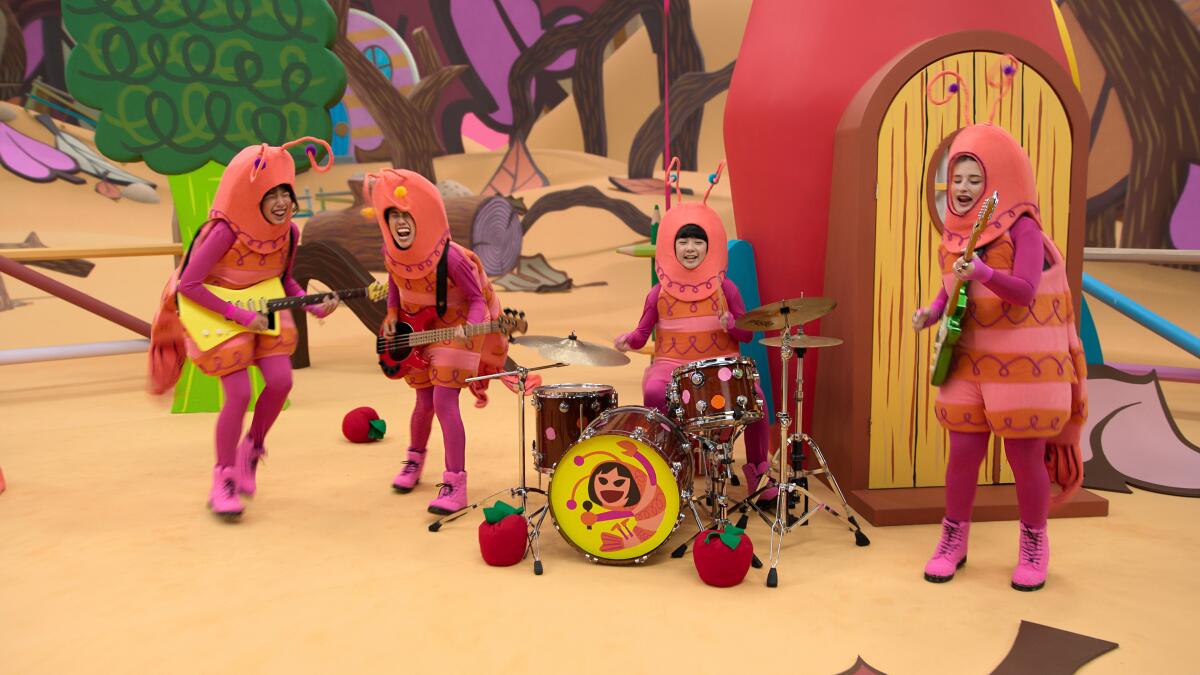
Punk band Linda Lindas, dressed as shrimp, make an appearance in “Yo Gabba GabbaLand!”
(Apple TV+)
That doesn’t mean adults don’t watch it. There are things in children’s programming that adult television never considers offering. It’s colorful, absurd and stylistically bold. It creates its own logic. There’s singing, dancing and often puppets. And while many children’s shows are designed to satisfy an educational or psychological agenda (i.e., they represent an adult point of view), “Yo Gabba GabbaLand!” comes from a more purely… artistic place. It’s like a metaphor for its own creation: letting your imagination run wild is both the point of the show and what produced it.
An extension of playtime rather than a break from it, “Yo Gabba GabbaLand!” wants to put a twist on things. It’s a pre-pre-pre-teen dance party, with sounds provided by Linda Lindas, dressed as shrimp; Portugal. The Man, with Paul Williams; Betty Who (as the Wind); Thundercat and his six-string bass; Big Daddy Kane and Reggie Watts bringing the “beat of the day” and Kurt Vile as King Silly, leading a “silly parade.” “Do silly things/do silly things/do silly things/do silly things” is a refrain that repeats throughout the series. This may not be the best thing to show your kids right before bed.
There are certainly moments of relative calm. There are discussions among the monsters about feelings and how acceptable it is to have them, even sad and bad ones, along with some simple strategies for dealing with them. Viewers are reminded, “You are the right size (color, shape)… just the way you are.” Some passages could almost be called psychedelic if that word didn’t seem inappropriate for little ones. “I can feel the air, the air is warm.” “Look at the clouds, the clouds are moving through the air.” “Listen to the water/Sing with the water/Dance with the water.”
We always come back to the dance.

